When you're starting a paint project you once again have a few options. If this is the case, you can usually sand down the paint on the car, smoothly and evenly, and paint over it using most of today's modern paints. Don't forget that some new cars get damaged and spot-painted—sometimes even body-worked—at the dealer before being sold. Hopefully such work has been done properly, with good catalyzed paints, primers, and sealers. If so, it can be painted over like the rest of the car.
If not, you probably won't know it until it wrinkles or lifts while you're painting the car. So some painters suggest not stripping the vehicle to bare metal (especially inside-and-out, as in immersion stripping), so that you don't remove these tough factory undercoats. This is my first post on this forum, so here goes.
For a large DFW area Chevrolet dealer and here's what I would do. There are a couple of things to think about before you have it repaired, or any paint work done to your vehicle. It is a harder finish from the factory then can be applied by repaints and where repainted areas are more subject to chipping and not near as tough as factory paint.
A good body shop painter that paints on Jeeps should be able to tell you what to expect before work is done. Last, do what you need to do, but after they once start to repair or repaint there is no going back. It pertains to older vehicles, or ones that you know have been damaged and bodyworked. If the surface is shiny and fresh, and you want to repaint it, I can only assume you just bought the car and paid for a paint job you didn't want. Don't compound the issue by immediately stripping this paint off only to find what you consider to be an excessive amount of filler underneath. Lots of good paint jobs, even by big-name builders, have filler under them.
It's the most expedient way to get a super-straight show-winning body and paint job. But the majority of these cars are stripped to bare metal to begin with, metal-worked pretty close, and then the filler and other undercoats are added properly. If you strip all this off, you're just erasing several man-hours of work that have to be repeated, either by you or someone you'll have to pay big bucks by the hour. If somebody has already spent a lot of time bodyworking, priming, and sanding the car, you'd be nuts to strip all that out and do it over again, right? Now, if there's rust under there, or the filler's an inch thick, it's a different story. The body needs stripping to start, and more work after that.
New car manufacturers start with brand-new metal and their paint rooms are pristine and near surgically clean, so the paint is applied in perfect conditions. Even so, most new car finishes dry with a slight bit of orange peel. In the case of a high-end custom paintjob, the process of color sanding and buffing with compound is done to eliminate all traces of orange peel, and create a mile-deep, super-smooth paintjob. I'd say most shops wont be able to paint your car as badly as the factory did. They take more time and spray more coats on it, it will almost always look better than original.
Specially if they pre-wetsand the primer, and sand out imperfections between the coats. Most factory paint jobs have almost as much orange peel as a maaco paint job. If i ever consider spending money on a paint job, i would expect to not see any imperfections, or they are gonna be fixing them.
The second—and usually better—option is to thoroughly sand whatever paint is on the car, then cover it with a good sealer followed by a modern catalyzed primer. However, most cars needing a paint job also have dings, door dents, scrapes, or other surface problems that won't simply sand out. If the paint on the car is multilayer, old, or otherwise edgy, give yourself extra insurance and add a coat of sealer before the primer. Then you can use some catalyzed spot putty where necessary over the primer and start block sanding, as we detail in following chapters. Most of my early paint problems, when painting over existing finishes without stripping, occurred because I was using lacquer primer and lacquer paint.
We talk more about this later, but lacquer solvents are extremely aggressive, and lift or wrinkle all kinds of underlying paints, especially older non-catalyzed ones, including old lacquer. For both of these reasons, modern paints really are better, especially if you're spraying it over existing paint. More to say… the comment about paint shops doing better than the factory is definitely true. I had a fairly new white GMC van repainted metallic white, and I was very pleased with the results. No more orange peel that now very common from factory paint jobs. The more you pay, the better the paint shop's preparation.
Some shops simply won't do slapdash, budget work. As you move up the price ladder, shops will remove more trim pieces and items like the head- and taillamps. This ensures the pain will cover sharp bends in the sheetmetal and get into the crevices in the body where the older paint might have shown through.
Is Repainting A Car As Good As Factory Paint In more expensive paint jobs, the prep will likely also involve sanding off the older paint, fixing exterior damage, and even removing glass. This adds time and money to the process, which is why something along these lines could cost $5000 or more. Prices for car painting depend on a few different factors – mainly prep work required, the number of parts and panels to be painted, and the quality of the painted used.
When you request an estimate for a car painting, ask the auto repair shop to put the included surface prep measures in writing. You will want to assure that damage will be repaired or minimized before getting repainted and know exactly which parts will be painted. This may include fenders, the inside edge of the car door or under the hood. Be sure that the estimate also includes a final clear coat for a long-lasting paint job. Bob Perkins restored Dave Steine's 1969 Boss 429 to Thoroughbred status and used single-stage urethane, duplicating the factory procedure with orange peel in the paint. "Orange peel" is technically a derogatory term for factory finish, but for now we are stuck with it.
Some shops claim the factory could not afford the time and expense to buff out a paintjob and this is why the factory leaves orange peel. Then, the shop blesses their own work by claiming they go to the extra expense of sanding and buffing for perfection. The truth is most shops sand and buff to remove imperfections in their paint, which is often desirable with a custom paintjob, but not for a restoration. Google "how much does it cost to repaint a car," and you'll find that there are national chains that charge only a few hundred dollars to paint your car or truck.
This might not be a bad option if you're on a tight budget. But know that there are plenty of potential pitfalls to slapping a cheapo paint job on your car or truck. For starters, the quality of the paint might not match what was originally used on your car. Most newer vehicles, for example, have a clear-coat finish that adds extra work to the repainting process if you want to do it right.
Add some repairs to exterior dings and small dents, and these steps can bump the price from several hundred bucks to well over a thousand. The only time I was able to get a perfect paint match was from a custom body/paint shop and that was for a classic vehicle. The panel had to be taken down to bare metal and re-done. Hardly any general collision/paint shops can correctly do that type of work. A dealer would never authorize that type of work.
If they do it, most likely it will look fine for up to a year or two. After that, you're not going to like the result. If the damage can be possibly taken care of PDR, try that first.
Some vehicle paint shops boast a turn-around time of three days or less, but in general, you should expect your car to be in the shop for at least a week. Why does it take so much time for the car to be repainted? New paint cannot be applied directly to old paint. The fading, oxidation, and irregular surface of a vehicle's existing paint does not allow for the smooth application of a new coat. Removal of the existing layers of paint and other prep work must be completed before new paint can be applied.
If a car requires extensive prep work, it will also raise the total price for the paint job. For an inexpensive paint job, preparation will be minimal, and the shop might not include repairs to rust and door dings. The glass area and other non-painted exterior trim will be covered up before repainting, but that's about it. Just understand what you're paying for, and check to see if there's any kind of warranty on the work. We know that the only way to remove it is via sanding and polishing. VERY TRUE. A body shop cannot replicate a factory paint job.
The factory paint is much harder due the the electrostatic catalytic process and baking most factories use. Todays cars are also painted with waterborne paint and body shops use a totally different lacquer based formula. Depending on the quality and paint preference, pricing is able to range up to $1,000. In addition to a high-quality paint job that includes bodywork like dent, rust, or damage repair, you may have to pay up to $3500. Depending on the color of the vehicle and the quality of the coating, high-end paint jobs can cost up to $8,000.
The costs to paint a car vary depending on where the work is done, the size and complexity of the vehicle to be painted, and the quality of the paint job itself. In general, expect to pay anywhere from $300 to upwards of $10,000 for a professional paint job. The upper end of that price is where we find metal flake, multi-colored, and custom paint jobs, so unless you're prepping your car for a show there's really no need to spend that much. My 2003 Mustang GT had pretty decent factory paint I think. What was left of the factory paint job held up pretty well after 6 years.
But that clearcoat started failing just a few years later...the shop at the time was using some brand that was being used on European vehicles. The car just got repainted this year with PPG and I'd dare say it looks better than it ever has. Let's start with the most serious and most thorough.
Such a process obviously requires complete disassembly of the vehicle to do it properly. I have seen one example where a '40 sedan was immersed with its frame, suspension, and even wheels and tires still attached. Maybe its chassis was so rusty nothing would come apart until they did this. But for chemical dipping to do its job, you really need to take the body off the frame, take the glass out, take the doors and trunk off—remove everything. Then the bare body is dipped and stripped and parts like the fenders, hood, and so on, are dipped separately. This is obviously a major deal for a full-on rebuild or restoration.
If all you want is a new paint job, don't do this. But this option we're discussing pertains to vehicles that you know or suspect have had some bodywork done, and you assume it has been done properly because nothing indicates otherwise. In such cases I suggest not stripping the car because most types of stripping either remove existing filler, or "infect" it with chemicals so it must be removed.
Opinions differ on this issue, but I think it's smarter to be an optimist. Given that you've checked carefully for any real gremlins, and the body looks good the way it is, sand it down and repaint it. Even if it's a little wavy, do your block sanding on what's already there, if it's a stable surface.
Add some high-fill primer or spot putty, as needed. But consider yourself lucky you didn't have to go through the major job of stripping and a bunch of arduous bodywork. Yes, the average car buyer has no idea how to properly maintain the paint on their car. Imagine if all of our cars had Rolls Royce paint jobs! How long do you think the finish would last in the hands of the average driver?
Remember, sanding and buffing the clear coat reduces the thickness of the coat, which in turn lowers the UV protection and longevity. It also increases sensitivity to scratches, machine car washes, severe weather, and high mileage driving. Since the manufacturer has a warranty to honor, there is a minimum paint thickness that must remain on the car when it leaves the factory. Anything less, and durability will be compromised. Unlike you, the average buyer won't recognize orange peel until you point it out to them. Honestly, go ask your neighbor what they think about the orange peel on their car.
People have accepted the fact that this is what a new car paint job looks like. The reality is that the paint colors today are more exotic than ever before, and the finish employs a higher gloss unlike anything ever seen on cars of the past. There are people who I meet regularly who don't notice orange peel and have no idea what I am talking about. To make matters worse, water has a high surface tension, which means it doesn't flow well. Unfortunately, a proper paint finish requires good flow. Flow is what allows the waves and hills within the paint to even out, or "flow out".
In addition, the flow properties and drying rates of waterborne paints are extra sensitive to changes in humidity, and humidity can be difficult to control in a factory setting. Let's look at some examples that do need stripping. In this case the car obviously has been repainted, probably fairly recently. However, both the top layer and one or more underlying layers are split and peeling up. We don't know exactly why, but something was not done properly during some stage of the preparation for this paint job, and that stage—filler, primer, whatever—is not adhering.
I would strip this car to bare metal, by any method, before repainting it. I dont like partial paint jobs on any good looking car. I can spot that my corrados roof has been repainted, but they did a good job, they hid the lines from the old paint to the new pretty well, and they only got a few specs of dirt in it. But the roof of my car is the shiny-ist part of the whole car.
I think they used base/clear, instead of the corrados single stage factory paint. The paint hardness is an assumption but heard it from the body guy. The difference from what I understand is that like you pointed out there are drying agents in aftermarket paint. In factory paint they can heat up the panels and from what I read are not just spraying the truck on an assembly line. Rather that they are doing it for all of the parts. To bake the paint and speed up the drying process.

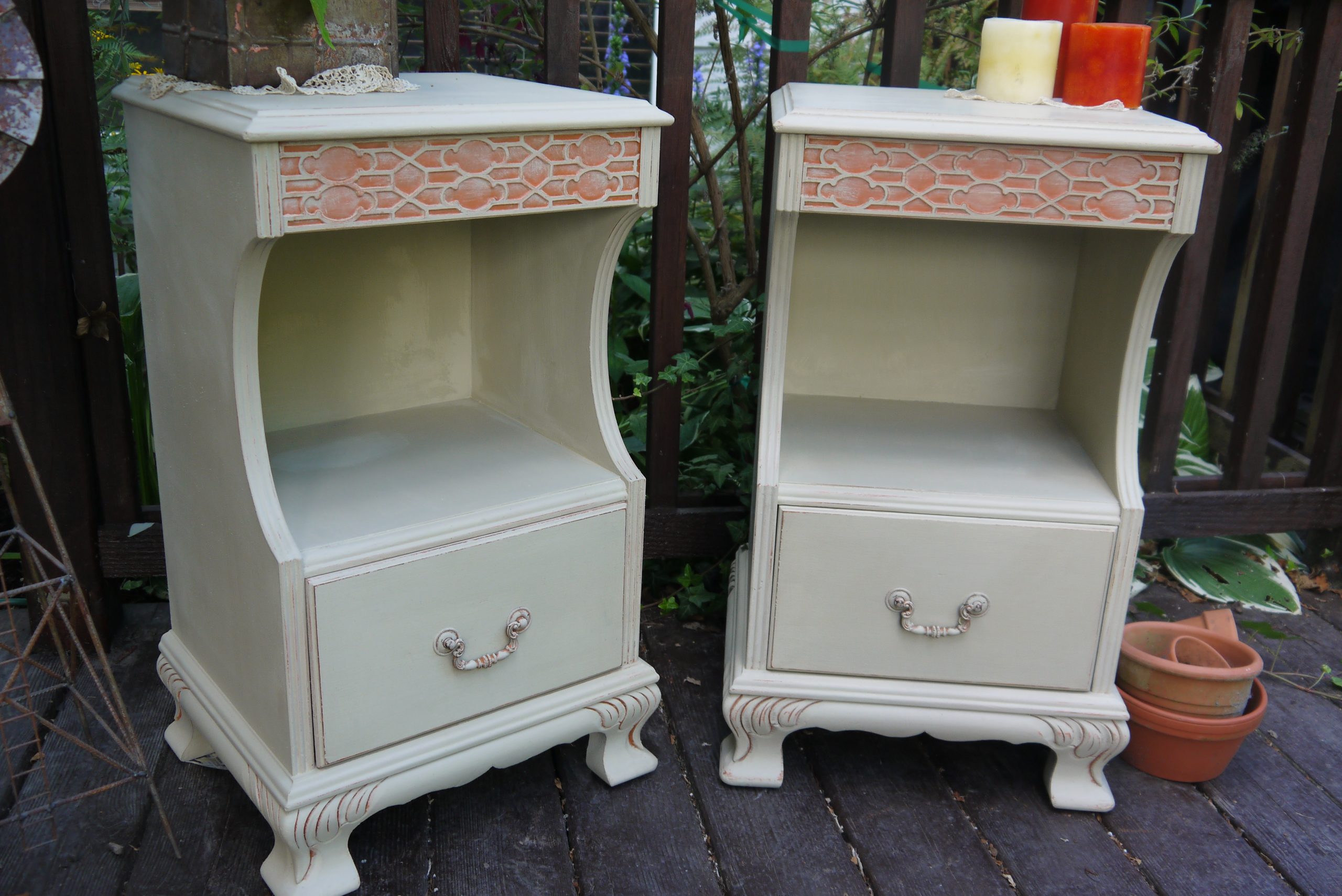

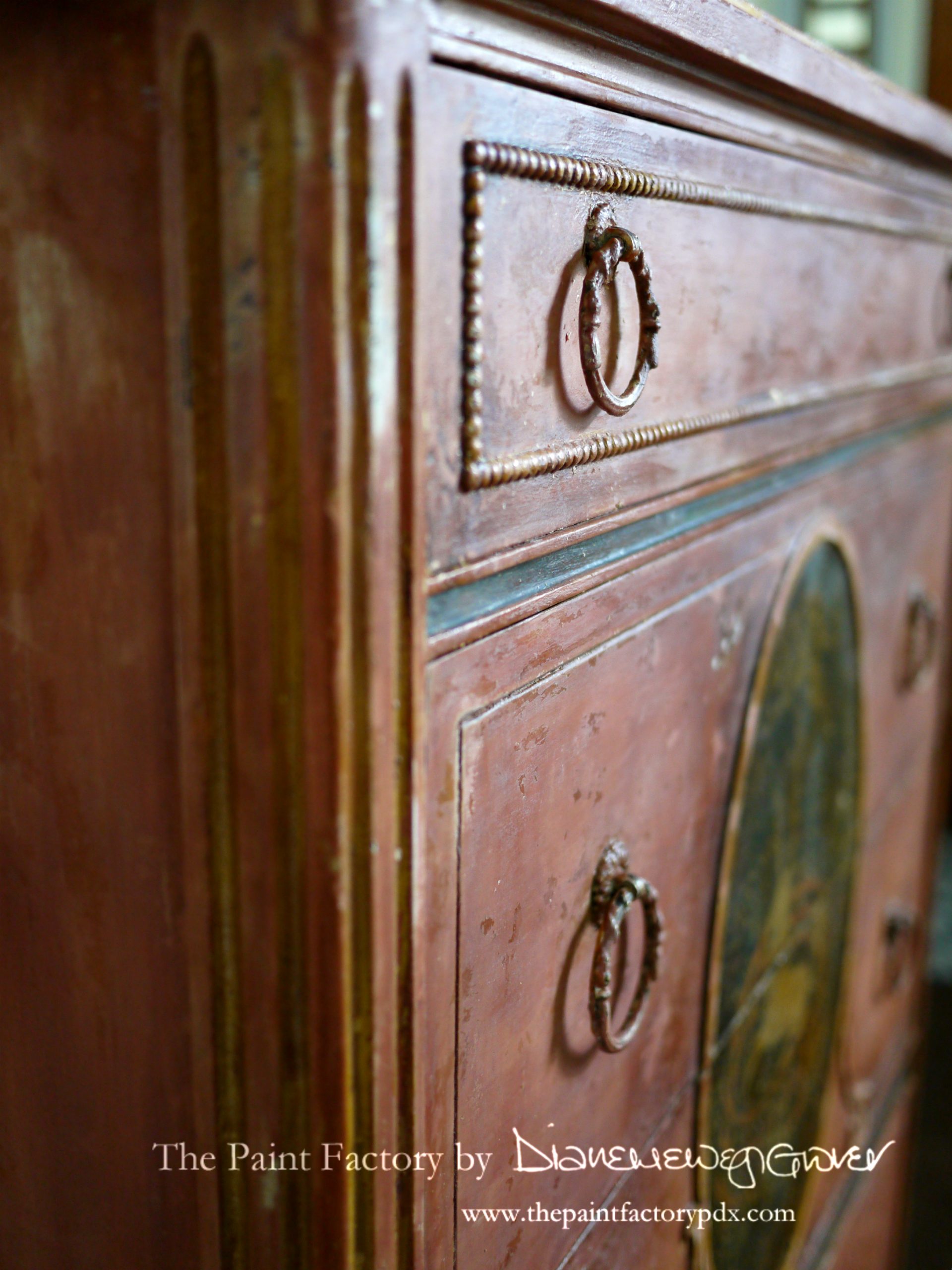

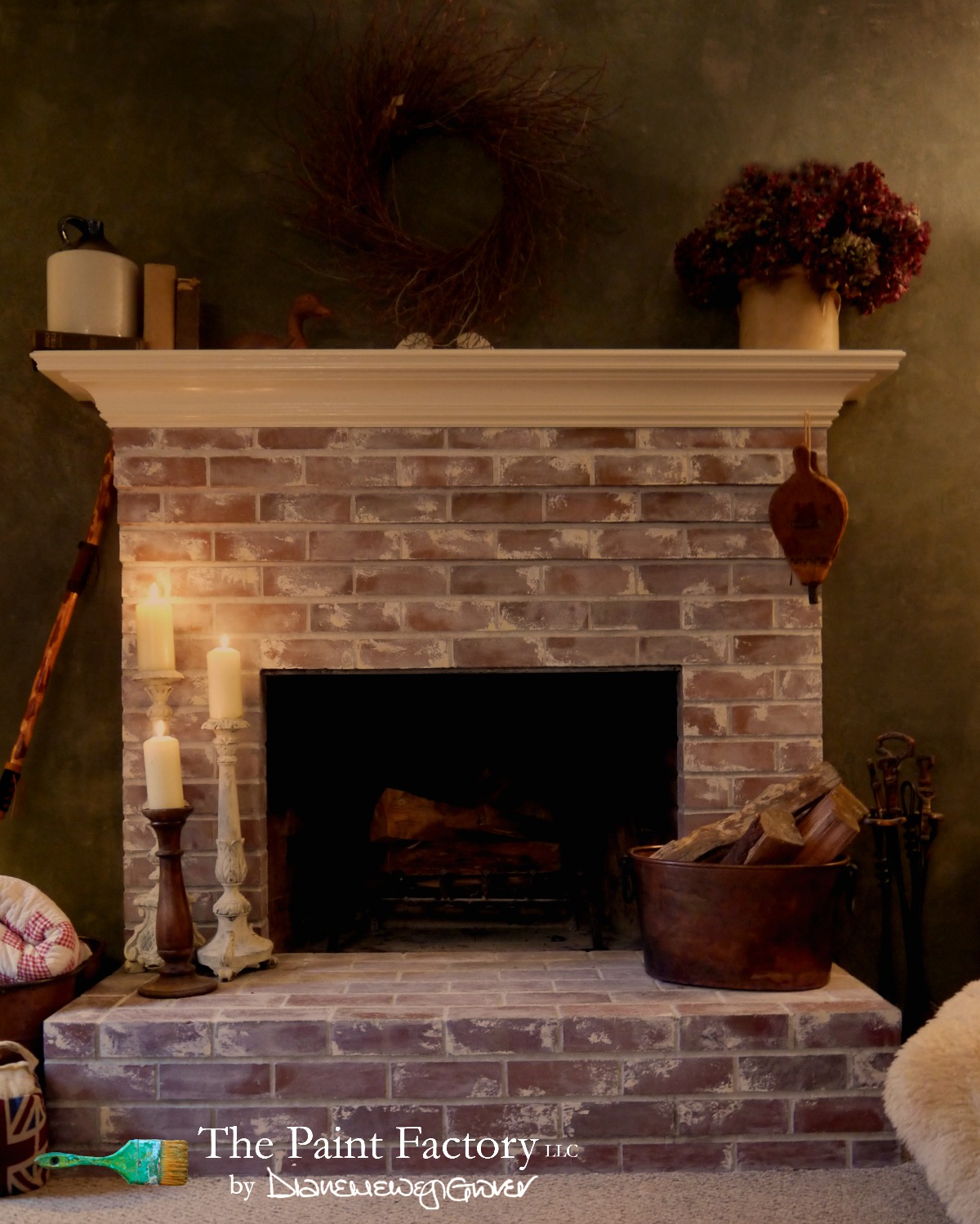


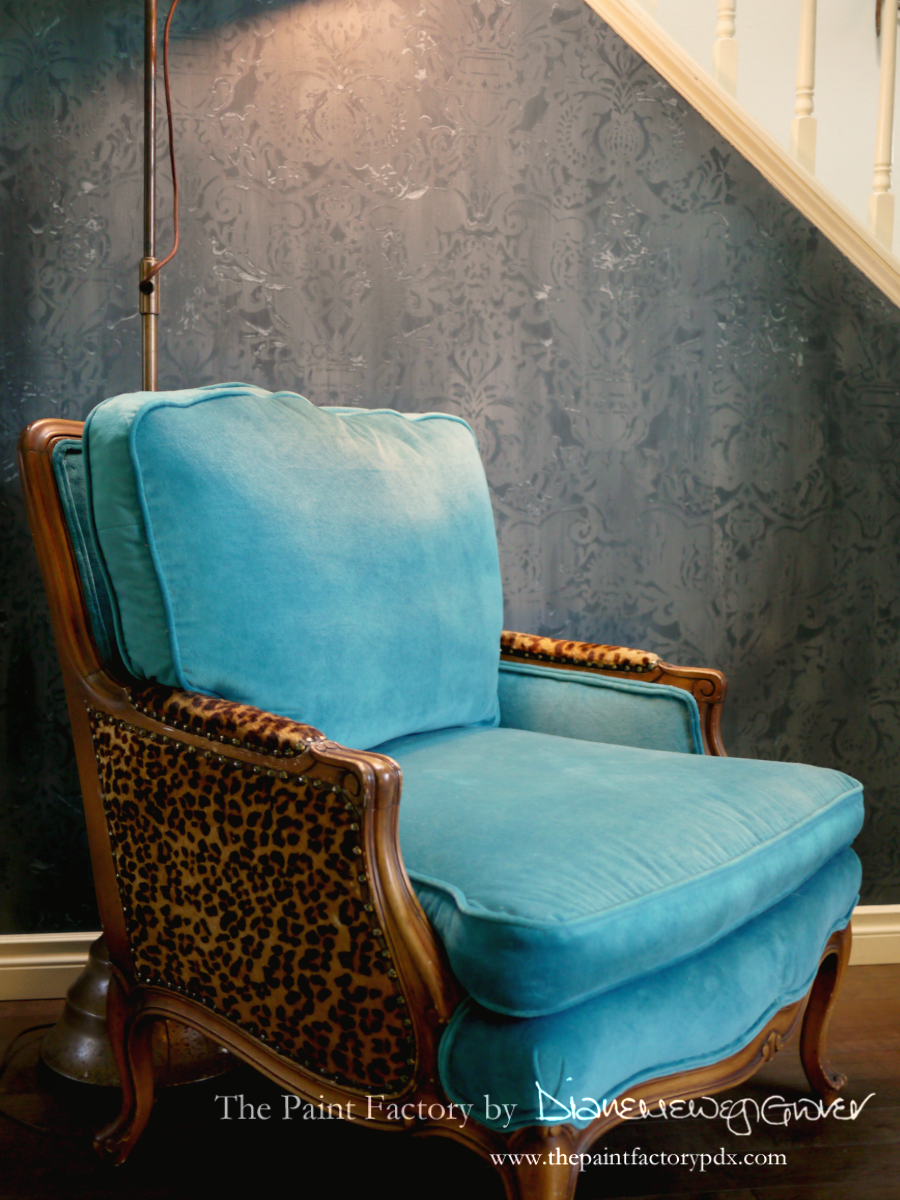
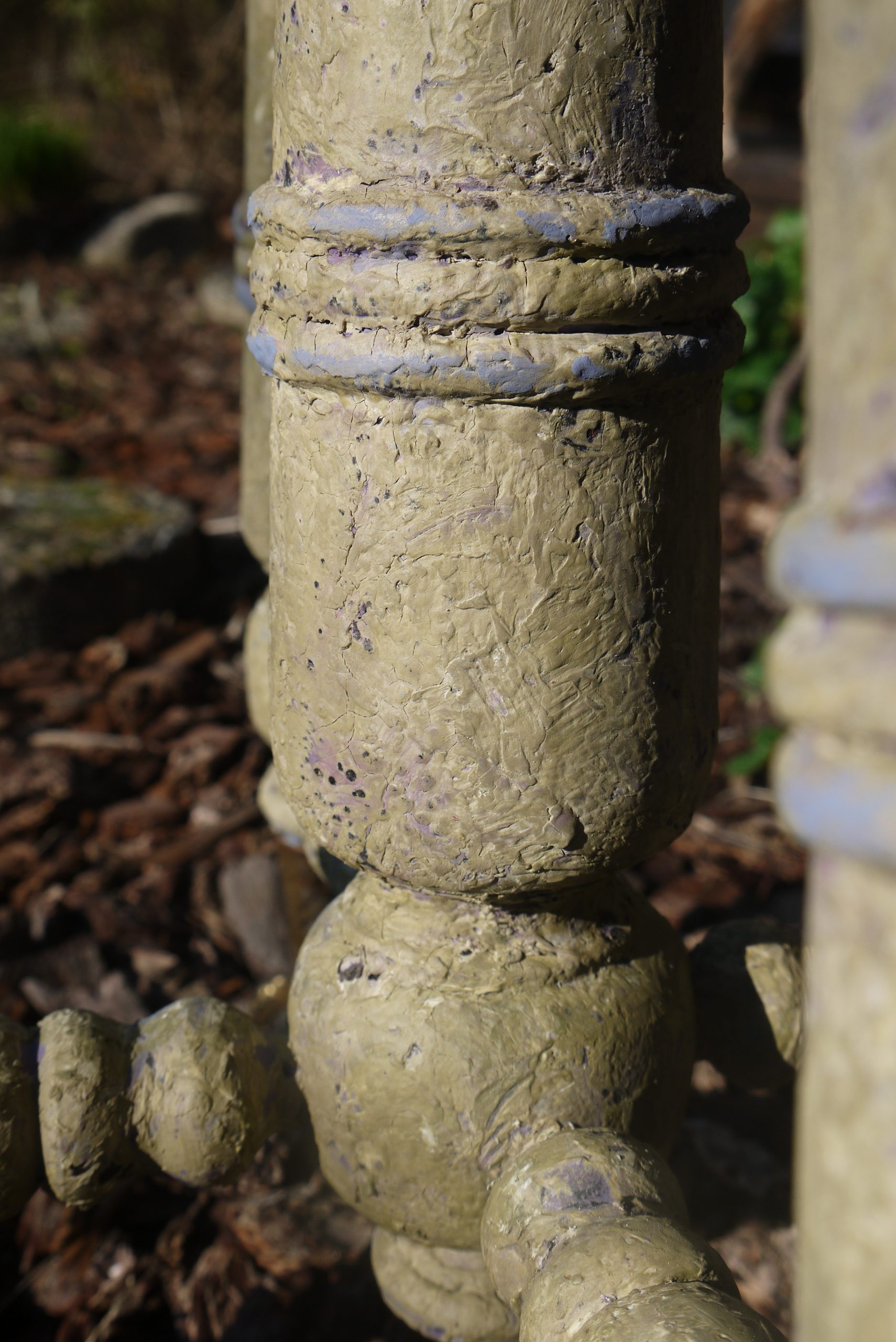


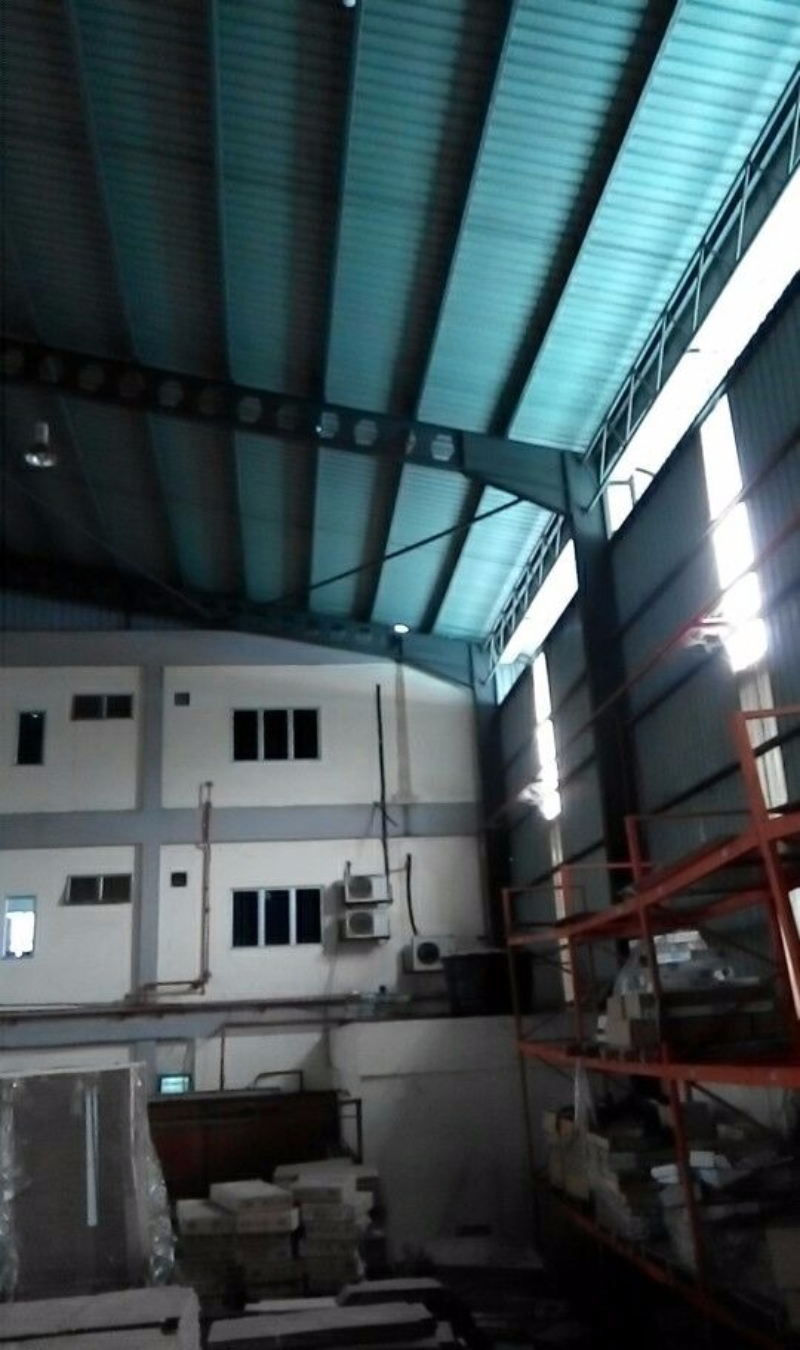








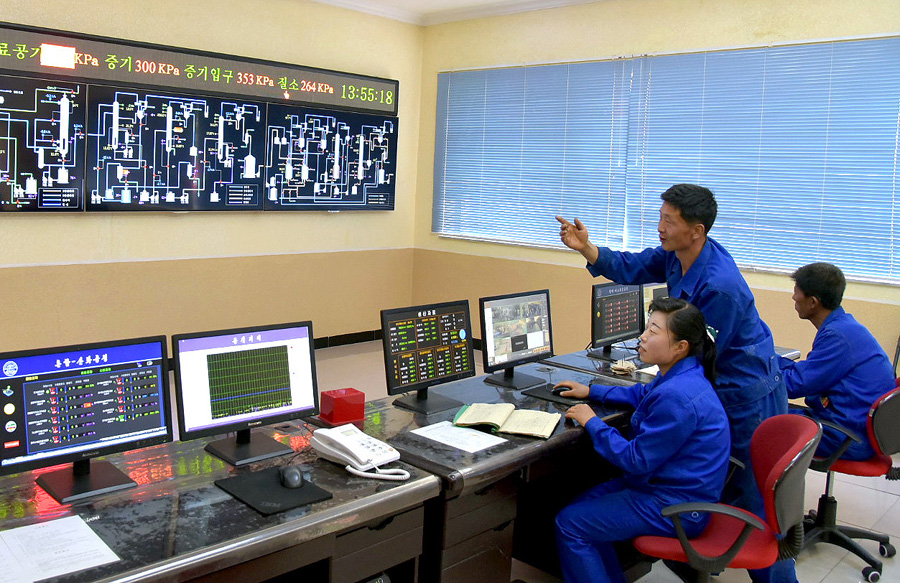




No comments:
Post a Comment
Note: Only a member of this blog may post a comment.